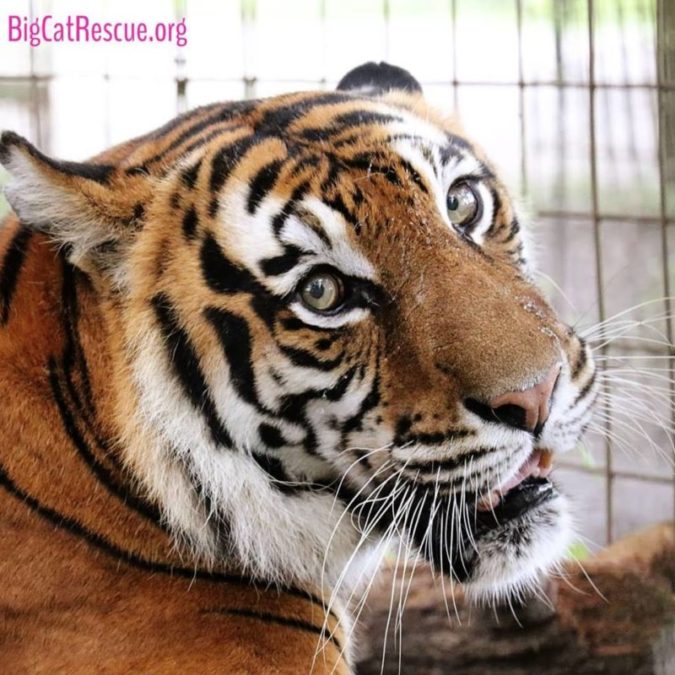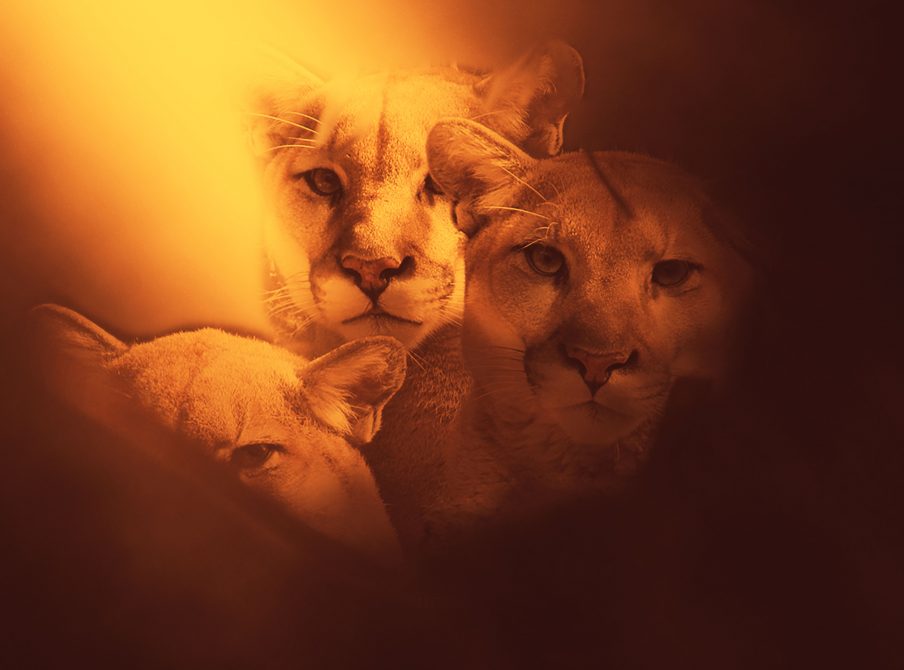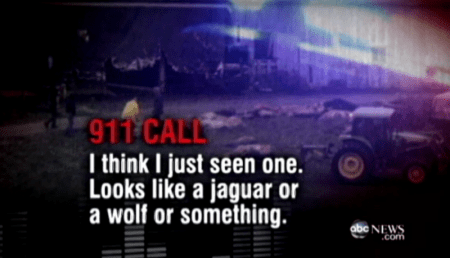Big Cat Public Safety Act
See the latest version of this bill at https://bigcatrescue.org/big-cat-act/
Big Cat Act HR 1380
Feb 26, 2019 Washington, DC—The Animal Welfare Institute, Big Cat Rescue, Born Free USA, the International Fund for Animal Welfare, the Humane Society of the United States and Humane Society Legislative Fund and and the Performing Animal Welfare Society are celebrating the reintroduction of the Big Cat Public Safety Act (BCPSA) HR 1380 in the U.S. House of Representatives. Championed by Representatives Michael Quigley of Illinois and Brian Fitzpatrick of Pennsylvania.
The public is increasingly concerned about the plight of captive big cats—and the sponsors of the Big Cat Public Safety Act have made it clear that they are listening. By reintroducing the BCPSA, Reps. Quigley, Fitzpatrick, and 52 bipartisan cosponsors are calling for an end to the unregulated trade and nationwide abuse of captive big cats, an issue that continues to garner national headlines. The most recent shocking incident that put the community and first responders at risk occurred just two weeks ago when officials in Houston, Texas, discovered an adult tiger in a small, filthy, unlocked cage, in a back room of an abandoned home.
In addition to keeping dangerous big cats out of private hands the bill, if enacted, would prohibit the use of big cat cubs for photo ops. Allowing the public to handle and be photographed with tiger and lion cubs is an unscrupulous practice that has caused misery for untold numbers of animals and is the primary cause of the surplus tigers that have flooded the U.S. exotic animal trade. The abuse begins when the babies are prematurely and forcibly separated from their mothers (usually during or immediately after birth). The cubs can be used for public handling only until they are just a few months old, at which point they are often discarded, with some ending up warehoused at poorly run roadside zoos and pseudo-sanctuaries or in the hands of unqualified people with private menageries. More babies must be continually produced to fuel this lucrative business. The practice also poses a safety risk; even very young big cats have sharp teeth and claws that can inflict serious injury and a number of tiger cubs used for photo ops with the public have been found to be infected with ringworm.
Conservationists fear that surplus tigers discarded by cub-petting operations may end up fueling the illegal market for animal parts used in traditional Asian medicine. The rampant breeding of tigers in the U.S., the lack of a system for tracking the animals nationwide, and the fact that tigers are often worth more dead than alive, means there is ample opportunity for tigers to end up in the black market trade. In addition, public contact exhibition impairs the credibility and influence of the U.S. in working with other nations on international tiger conservation efforts. China, which seeks to legalize tiger farming as way to curb poaching of wild tigers, undermines U.S. opposition to tiger farming by correctly pointing out that at least China knows where its tigers are whereas the U.S., with our rampant untracked breeding, has no idea how many tigers find their way into the illegal trade.
Facts:
- Since 1990, there have been at least 771 incidents in the US involving big cats. Twenty four people have been killed, including four children, and scores have sustained critical injuries. In many cases, the animals were shot and killed, often by first responders who are not equipped to deal with such situations. Among the most dramatic examples was the October 2011 incident in Zanesville, Ohio, in which the owner of a private menagerie released dozens of big cats near a community, requiring law enforcement to kill the cats—and risk their own lives—for the sake of public safety.
- Big cats are wild animals and suffer when kept as pets. They are often purchased as babies, and private owners typically are not able to manage them once they’re fully grown. Consequently, the animals are frequently left to languish in grossly substandard conditions and are often deprived of sufficient space, adequate veterinary care, a nutritious diet, and enrichment.
- It is standard procedure for exhibitors to prematurely separate babies from their mothers so they can charge the public to pet and play with the cubs. This is a cruel and unhealthy practice that can cause lifelong physical and psychological problems—or even death—for the cubs. Young cats, who very quickly outgrow their usefulness in the cub handling industry, end up warehoused at substandard zoos, sold into the exotic pet trade, or possibly even killed and sold for parts—all while a vicious cycle of constant breeding churns out more babies to be exploited.
Carole Baskin, founder and CEO of Big Cat Rescue states, “What is often not understood is that the rampant breeding for cub petting that results in so many untracked captive animals in the U.S. is contributing to possible extinction of tigers and other big cats in the wild. The State Department has confirmed that domestic private ownership of big cats in the U.S. is problematic as they work with other nations to oppose tiger farming and trafficking”
The bill number is HR 1380. Take action now at BigCatAct.com
H.R.1380 — 116th Congress (2019-2020) To amend the Lacey Act Amendments of 1981 to clarify provisions enacted by the Captive Wildlife Safety Act, to further the conservation of certain wildlife species, and for other purposes. Sponsor: Rep. Quigley, Mike [D-IL-5] (Introduced 02/26/2019) Cosponsors: (53) Committees: House – Natural Resources Latest Action: House – 02/26/2019 Referred to the House Committee on Natural Resources. (All Actions)





